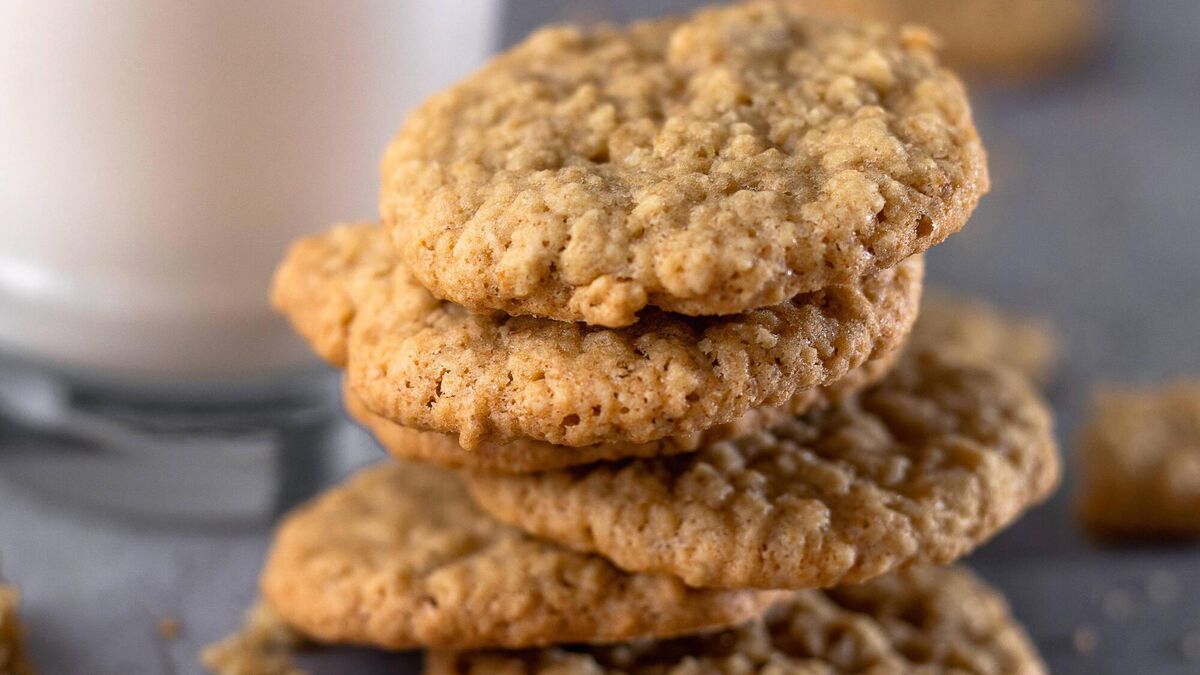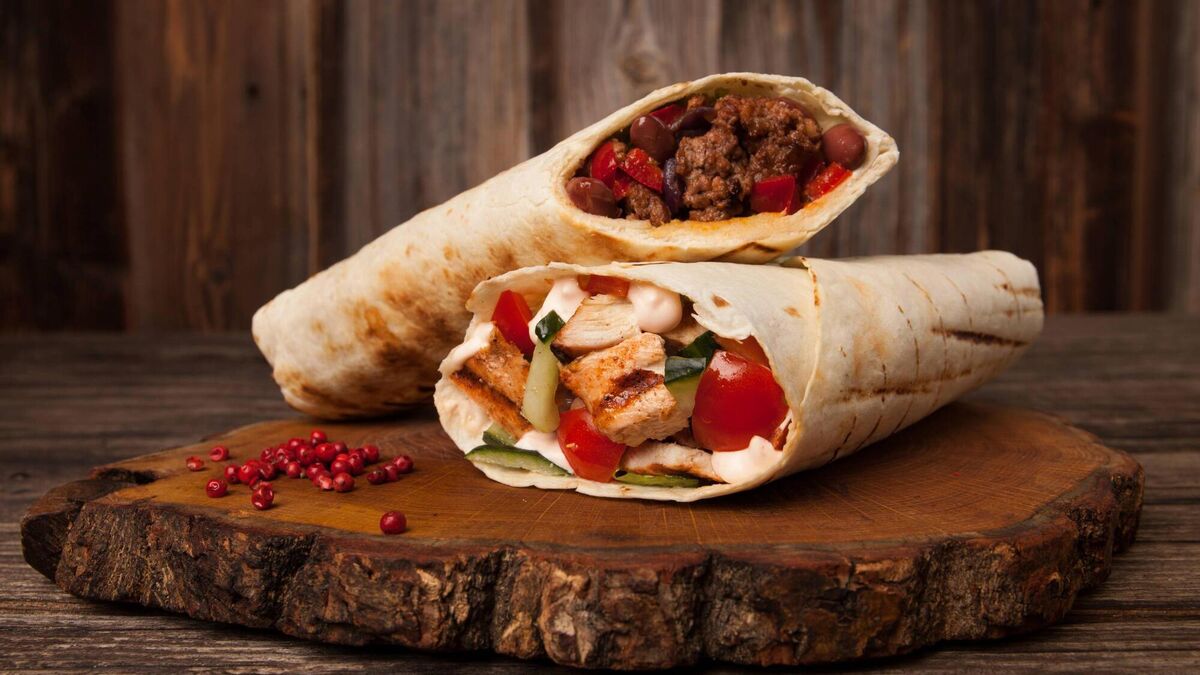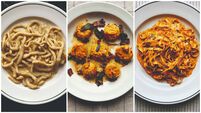Caitríona Redmond: How to make the most of supermarket savings

Caitríona Redmond: "You might have been noticing the lighter feeling at the end of the week since Christmas, but the steady increase in the price of groceries has been happening for 18 months." Picture: iStock
Our budgets are being pressed from both ends. The horrific cost of energy that has resulted in jaw-dropping bills from the winter, combined with the price of putting a roof over our heads, leaves us with less to spend on food.
Why do I write about weekly food shops? It is not due to people having a weekly wage, although many do. The vast majority of fresh products have a best-before limit of around about a week after you buy them. It makes sense therefore that most of us do a weekly food shop.
It’s easy to slip into a rut when you’re shopping on a weekly basis. Hopefully, you have a meal plan done up, or even an idea of what you intend to cook, and then you head off to the supermarket and stock up on your ingredients. Let’s say that spaghetti bolognese is on the menu, so you buy all the ingredients; including pasta, garlic, tinned tomatoes, and onions. Except that all of those aforementioned ingredients actually have a longer shelf life and you may already have some left over from a previous meal.
I’ve an exercise for you this week: Jot down the number of days you eat rice and pasta. Both of these are cheaper to buy in bulk. The next time you go shopping, buy enough for a fortnight. Every second week you will do a bigger shop, with a week in between for fresh items only. Over time you’ll be able to stretch the big shop to once a month or maybe more, depending on your storage situation.
I’m now doing one big shop a month for staples like stock cubes, tins and jars, spices, rice, and pasta. The rest of the month I’m shopping for fresh ingredients and I find that I can be more inventive by looking at core proteins and what I have in the kitchen cupboards. Sometimes buying more, not less, can save you money.
Energy Cookies
These cookies are a favourite in our household. I’ve been making them for years because the combination of oats and flax seeds makes them high in fibre. In fact, these cookies are a dupe for the very expensive lactation cookies you see in shops but take b

Servings
12Preparation Time
1 hours 15 minsCooking Time
14 minsTotal Time
1 hours 29 minsCourse
MainCuisine
AmericanIngredients
100g coconut oil
100g light brown sugar
200g oats
50g chia seeds
1/2 teaspoon baking powder
30 ml water
Method
Preheat a fan oven to 170ºC.
Bring the coconut oil to a soft form/oil by popping it in a bowl and microwaving for 30 seconds (it must be soft for this recipe).
Add all the ingredients including the coconut oil into a food processor and turn on full until you have a batter. Put the batter into the fridge for about an hour. The chia seeds will act as a binder and the batter will turn more solid.
Line a baking tray with non stick baking parchment.
Dampen your hands slightly and roll the dough into golf ball sized balls.
Place six balls onto the tray and bake at 170ºC for 15 minutes (or until golden brown).
Allow to cool before eating.
Leftover Pork Wraps
For sustainability month I have an easy leftovers recipe for you. I struggle to use leftovers sometimes and just lash pork into a stir fry but here is a summery alternative.

Servings
2Preparation Time
60 minsCooking Time
10 minsTotal Time
1 hours 10 minsCourse
MainIngredients
Handful of cherry tomatoes, chopped
Juice of 1 lime
Pinch of salt
1 red onion, peeled and diced
1 green pepper, diced
2 large wraps
200g leftover cooked pork, chopped
Method
Stir all the ingredients together in a bowl and leave to sit in the fridge for about one hour before serving.
To assemble the pork wraps, heat a dry pan to medium on the hob.
On a clean surface fill a wholemeal wrap with a tablespoon of pork, top with some salsa. Roll the wrap tightly and then toast on the dry pan until heated through. Enjoy immediately!





